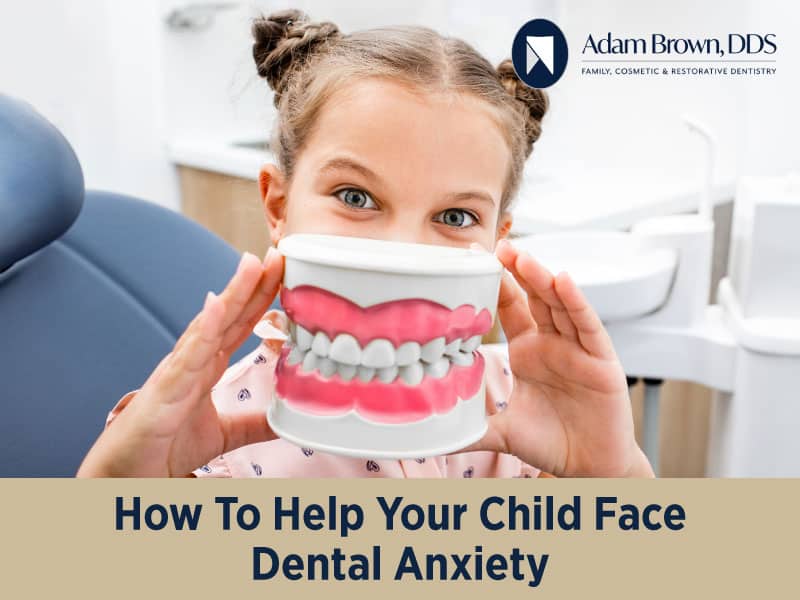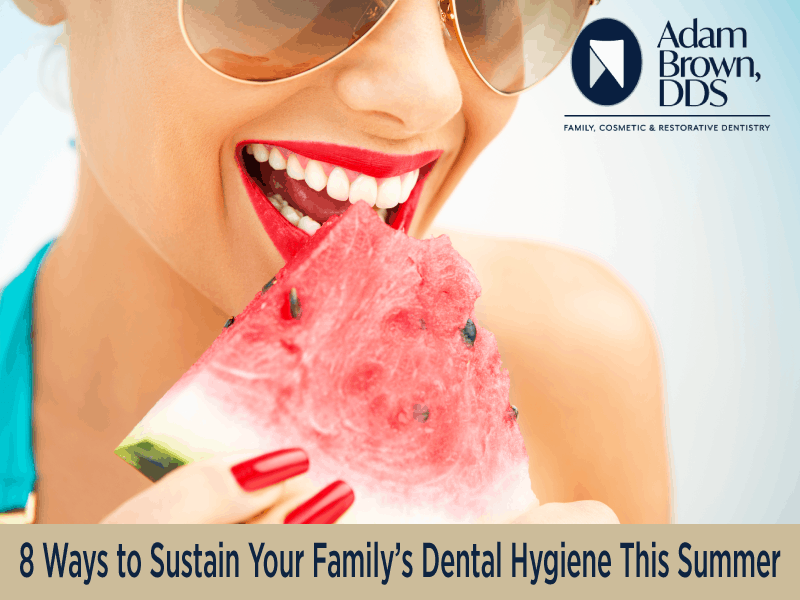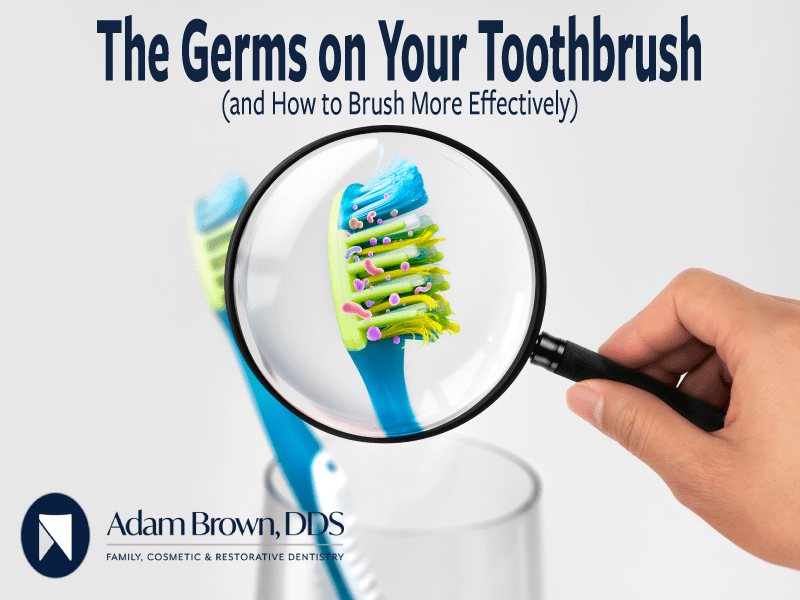How to Tell if Your Tooth is Infected

There is nothing fun or exciting about having an infected tooth. The pain and swelling can leave even the toughest of individuals lying awake at night wondering how to find relief.
How do teeth get infected and what should you do if it happens?
Answering these questions is the first step to maintaining proper oral health and keeping your teeth free from infection.
There are a variety of ways a tooth can become infected: an untreated dental cavity can quickly become infected, an injured tooth that is not kept clean, or even prior dental work—if not properly cared for—can result in swelling at the tooth’s root, which then spreads infection.
If you think you might have an infected tooth, see your dentist right away. Then, he can drain the infected area, clean it, and advise on proper care in order to nurse the tooth back to health. If the infection is bad enough, the tooth may have to be removed and replaced. Not treating an infected tooth can lead to major complications, even some life-threatening ones.
Warning Signs of an Infected Tooth
It is never a good idea to try and diagnose your own oral health, and it’s an even worse idea to ignore mouth swelling and/or pain with the hope it will simply go away. That pain and uneasiness you feel is your body telling you to pay attention! Here are some of the most common warning signs of an infected tooth:
- Maintaining a low or mid fever can be indicative of many maladies, and a tooth infection is definitely one.
- A continuous throbbing tooth that spreads its pulsating pain through the jawbone and neck and ear is probably one of the clearest signs you are suffering from a tooth infection.
- A sharp pain when eating or drinking items that are hot or cold temperatures.
- A sharp pain when your teeth are active—chewing gum, biting down on food, brushing, flossing, etc.
- If you notice any swelling of the face, or portions of the face such as the cheeks, is a good sign of infection. This swelling can also cause difficulty breathing and swallowing.
- If ever your lymph nodes and jaw/neck area are sore for a series of days, this could be due to infection.
- Bad breath you can’t seem to get rid of even after thoroughly brushing, rinsing can be due to a tooth that is rotting from infection.
- To go along with the bad breath, there may also be a bad taste in the mouth that won’t go away—this is when the infection itself begins to leak into other areas of the mouth.
Preventing A Tooth Infection
Clearly, if you have any symptoms of infection it’s best to make an appointment with the dentist, but if ever you are struggling to breathe and swallow to a dangerous degree, head straight to the emergency room.
Hopefully, though, you will never get to that point. By using preventative measures, avoiding tooth infection is not a difficult task. Use these tips to keep your oral health in gear:
- Use fluoride toothpaste and be sure and brush for at least two minutes, once in the morning and again at night.
- Use an antiseptic or fluoride every morning before brushing. (You can at night before brushing as well, but once a day is all that’s needed.)
- Drink plenty of water throughout the day, and make sure a lot of the water you drink contains fluoride, which helps fight against the possibility of infection.
- Floss—with dental floss or a water pik flosser—at least once a day.
- Make sure and use a soft-bristled toothbrush and replace it every three or four months (or earlier if you notice the bristles are fraying).
- Stay away from sugary foods and drinks as much as possible. And when you do eat or drink them, be sure and brush right after or at least thoroughly rinse with water.
- Visit the dentist for regular cleanings and checkups (at least twice a year).
From Teeth to Gums
Unfortunately, an infected tooth is not the only danger our mouths may face. For instance, noticing a white coloration on your gums could mean a number of different things, and they all have varying levels of seriousness.
Infections of teeth or gums are nothing to play with.
That being said, as long as you catch it in time and know the possible reasons for the infection, you can get your oral health right back where it needs to be. Here are some possible reasons for infected gums:
Leukoplakia: this is an oral disease where white or gray coloration appears on or around the gums. These light spots are created due to mucous membranes that are sensitive and quite painful. Think canker sores, only on your gums! Leukoplakia is often caused by long-term tobacco use, excessive alcohol use, poorly fitting dental appliances, mouth injury, or bodily maladies such as cancer and HIV. If you find painful, white sores on your gums, the best thing to do is see a dentist immediately. Whether it is leukoplakia or not, your gums should never be white.
Anemia: this is a tough one because it can produce in many different forms, making it difficult to identify. The best way to diagnose anemia is to notice if the white coloration on your gums is paired with any of the following happenings:
- Cold hands and feet
- Constant fatigue
- Chronic headaches
- Spells of dizziness
- Shortness of breath
- Bodily weakness
- Spells of irregular heartbeat
Another tell sign of anemia is sudden whiteness of skin beyond just the gums. Some common causes of anemia include vitamin B12 and iron deficiencies, Crohn’sdisease, and celiac disease. This is definitely one you want to take care of right away. If you feel any of these symptoms could be true for you, make a dental appointment as soon as possible.
Mouth Ulcers: noticing white spots on your gums could indicate oncoming ulcers. This is much less serious than the previous causes of white gums, but these sores are no fun at all. If you feel the white spots on your gums could be connected to ulcers, it’s a good idea to begin washing your mouth out with salt water. This is a great way to keep them away and the inside of your mouth healthy. Some causes of mouth ulcers are sugary foods and drinks, as well as, tobacco use. There is no need to completely cut these out of your diet, but regulation is a must.
Gingivitis: this is a mild form of gum disease that is fairly common among American adults. If you notice your gums beginning to recede and turn white, gingivitis is most likely the culprit. A few other signs include swollen and bleeding gums, even painful irritation, and loose teeth. The most common cause of gingivitis is poor oral care, so if you have fallen off the wagon a bit, it’s best to get right back into the routine of brushing and flossing regularly to keep from this uncomfortable situation.
Lichen Planus: this chronic autoimmune condition can inflame the gums and begin to turn them white in lacy patches. Symptoms of lichen planus are similar to gingivitis, but regular dental check-ups can keep this condition from inflammation.
Candidiasis: simply put, this is a yeast infection that causes creamy white sores on the gums. This type of infection is usually seen in babies and older adults and is often brought on by diabetes. If you happen to fit any of these categories, it is best to maintain a strict teeth-and-gum cleaning schedule and keep up with your dental appointments. Two appointments a year are recommended, but in this case, you might benefit more from three or four check-ups a year.
Oral Cancer: if you ever notice white bumps or growths on your gums, or if you suddenly find it difficult to chew or swallow, see a dentist right away. Most importantly, though, don’t panic. White growths or raised sections on the gums do not always equate to cancer, and even if they do, the faster you get them looked at the better your chances of having them safely removed.





